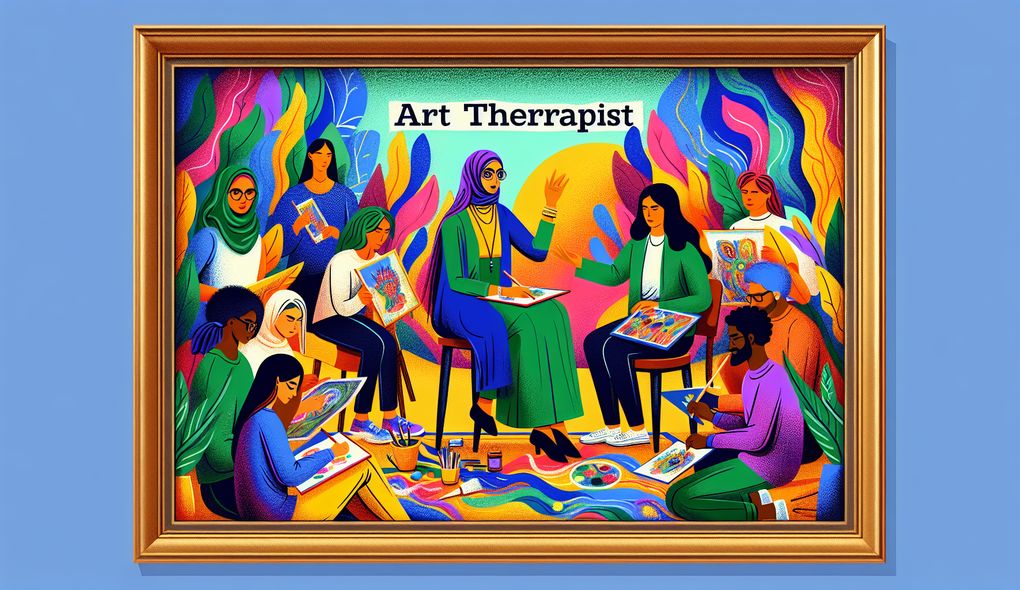How do you approach working with diverse client groups? Give an example.
SENIOR LEVEL

Sample answer to the question:
When working with diverse client groups, I approach each individual with an open mind and a commitment to understanding their unique needs. I believe that cultural competency and sensitivity are essential in providing effective therapy. For example, I once worked with a diverse group of teenagers from different backgrounds who were struggling with anxiety. To effectively connect with them, I researched cultural practices and explored art forms that resonated with their experiences. By incorporating their cultural values and traditions into the therapy sessions, I was able to create a safe and inclusive space where they felt understood and supported.
Here is a more solid answer:
When working with diverse client groups, I prioritize building rapport and trust by actively listening and valuing their unique experiences. For instance, during a recent art therapy program, I worked with a diverse group of adults recovering from trauma. To engage them effectively, I researched their cultural backgrounds and incorporated art forms from their heritage into the therapy sessions. By doing so, I created a safe and empowering space that honored their identities and experiences. This approach allowed the clients to express themselves authentically and facilitate their healing process.
Why is this a more solid answer?
The solid answer expands on the candidate's approach to working with diverse client groups by emphasizing the importance of building rapport and validating their unique experiences. It provides a specific example that demonstrates their cultural competence and creativity.
An example of a exceptional answer:
In my practice as an art therapist, I approach working with diverse client groups with a holistic and individualized approach. Understanding that each client brings their own cultural background, beliefs, and values, I aim to create a therapeutic environment that is safe, inclusive, and affirming of their identities. For example, when working with a group of children from various cultural backgrounds who had experienced trauma, I implemented a trauma-informed art therapy program tailored to their specific needs. This involved collaborating with interpreters to ensure effective communication, utilizing art forms from their respective cultures to promote self-expression, and incorporating cultural rituals and traditions to provide a sense of familiarity and comfort. By acknowledging and embracing their diversity, I facilitated a healing process that honored their unique experiences while fostering resilience and empowerment.
Why is this an exceptional answer?
The exceptional answer goes above and beyond by highlighting the candidate's holistic and individualized approach to working with diverse client groups. It showcases their ability to collaborate with interpreters, utilize art forms from different cultures, and incorporate cultural rituals and traditions. The example provided demonstrates their deep understanding of the intersection between culture and therapy.
How to prepare for this question:
- Read up on cultural competency and sensitivity in the field of art therapy
- Reflect on personal experiences working with diverse populations and consider how those experiences can be applied to art therapy
- Research different art forms and cultural practices to expand your repertoire
- Practice active listening and empathy to build rapport with clients
- Stay updated on current research and best practices in trauma-informed art therapy
What are interviewers evaluating with this question?
- Cultural competency and sensitivity
- Ability to build rapport with clients
- Creativity and adaptability

